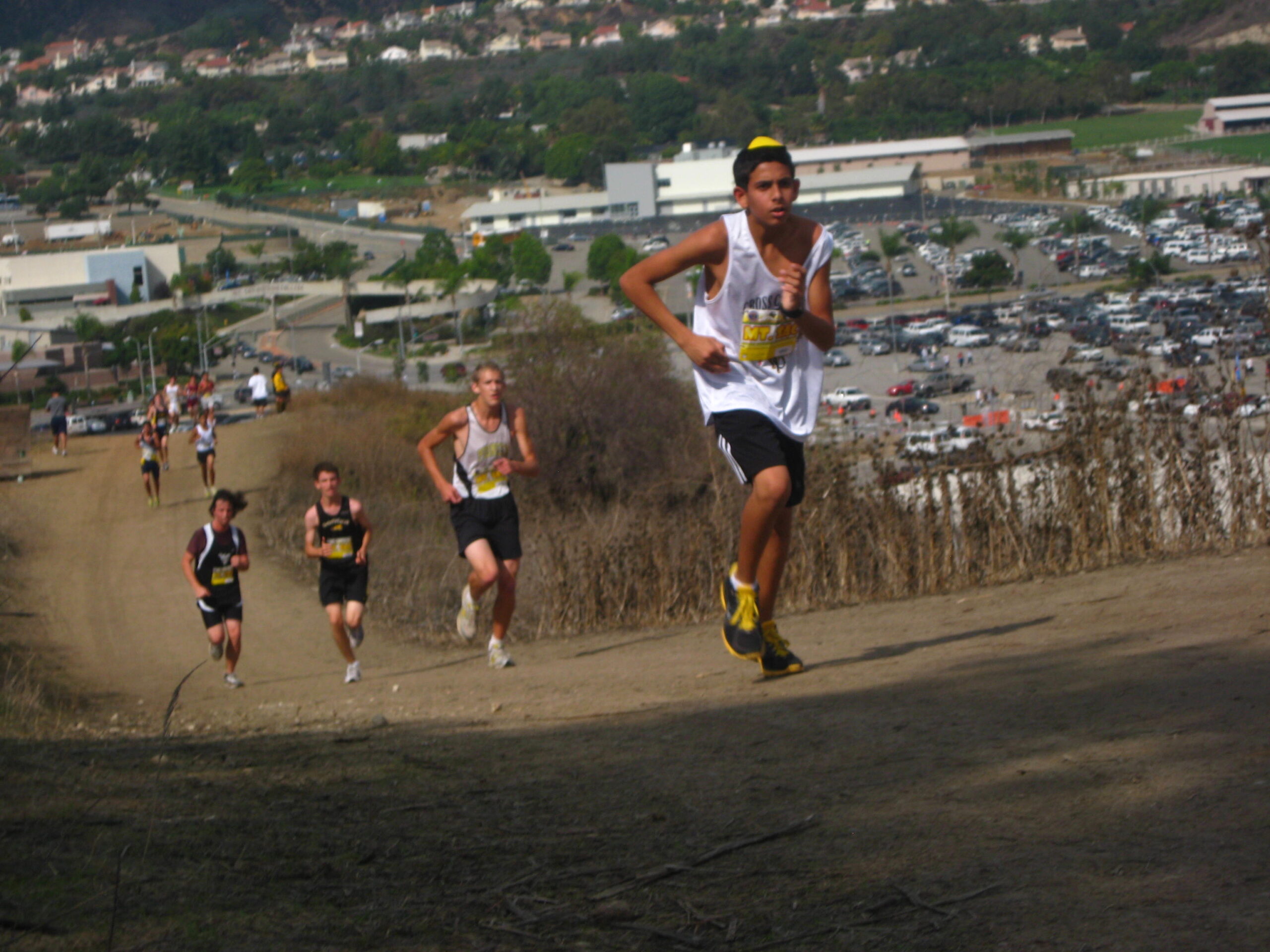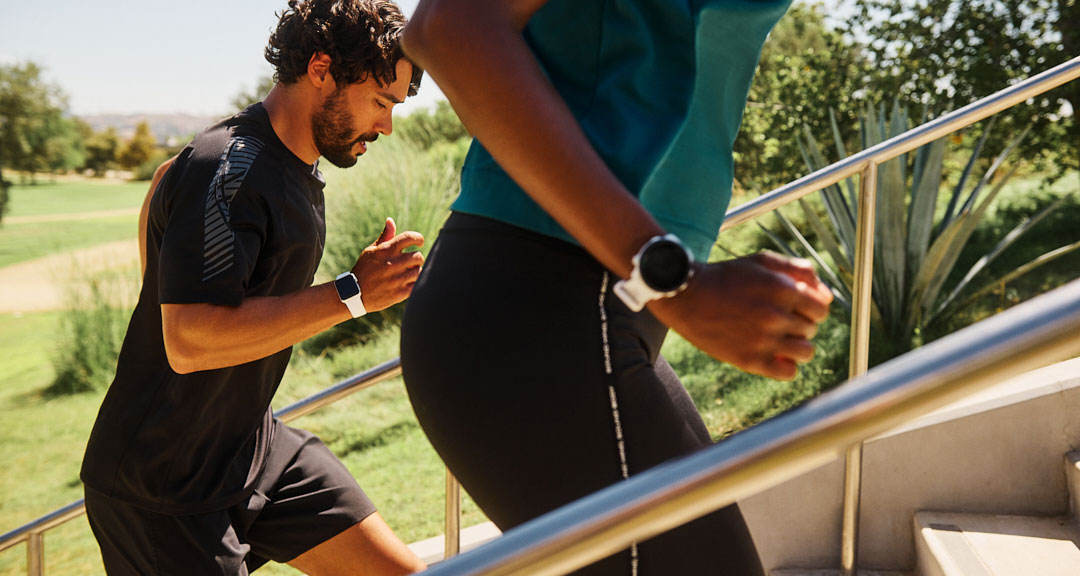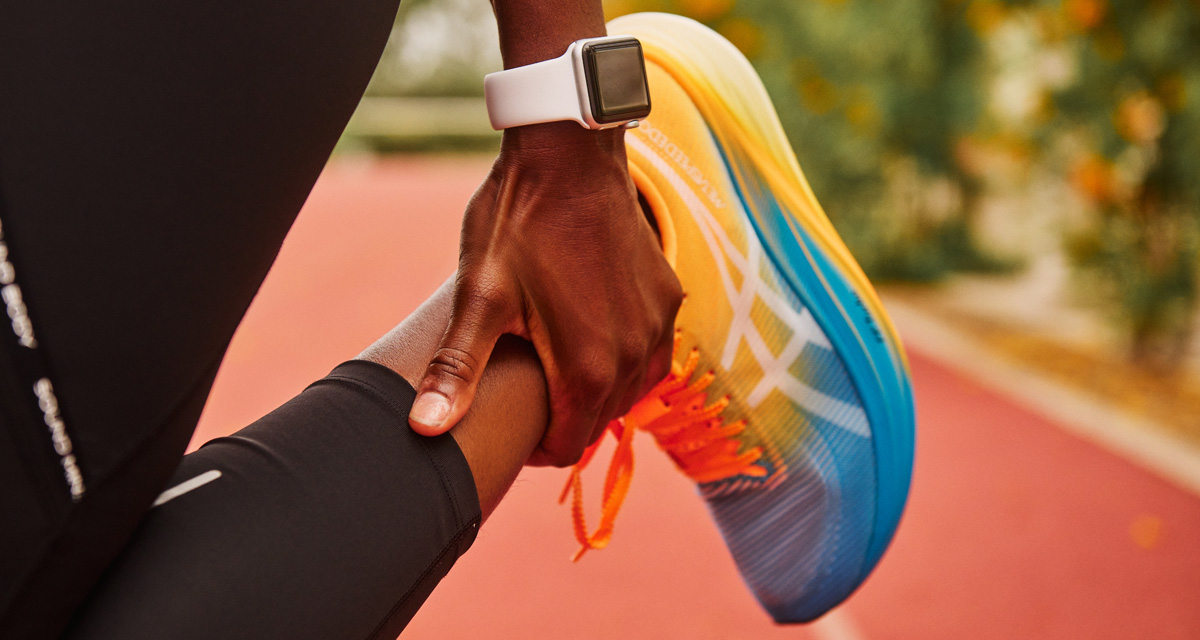Hill Training – The Basics
Hi and welcome back to the Mohsin Salya blog.
If you live in an area with tors, pikes and braes, then you will have no option but tomaster the art of hill running. Of course hills can be seen as an obstacle, they are certainly tough and challenging, however, as you’ll be aware, they’re also pretty good for you and your running.
Training on hills improves leg-muscle strength, quickens your stride and develops your cardiovascular system to name just a few advantages. In as little as six weeks of regular hill training you can expect a significant improvement in muscle power and speed, making the process feel much easier. In this post I’ll be sharing some pointers to help you tackle those hills as easily as possible.
Going Up
Its important not to feel daunted by the prospect of the hill in front of you. Get yourself mentally prepared to tackle it, and don’t let it intimidate you. By following these steps, it will be easier than you think.
- Shorten your stride as you start to run uphill – don’t try to maintain the pace you were running on the flat.
- Take ‘baby steps’ if necessary to try and keep the same rhythm you had on the flat ground.
- Your posture should be upright – don’t lean forward or back. Your head, shoulders and back should form a straight line over the feet.
- Keep your feet low to the ground.
- If your breathing begins to quicken it may mean that you’re either going too fast, over-striding or bounding too far off the ground as you run.
- With each step, use a light ankle-flicking push-off, not an explosive motion which will waste energy.
- Accelerate gradually into the downhill.
Coming Down
The most common mistakes runners make when running downhill are either sprinting (which causes severe muscle soreness), or constant braking (which fatigues the quadriceps). The pace you want to aim for is somewhere in-between.
- Try to visualise gravity pulling you down the hill – it’s a mental exercise that is very effective.
- Try to maintain an upright body posture, as before.
- Don’t let your feet slap on the ground when you’re running – step lightly and don’t reach out with your feet. Slapping can be a sign of weak muscles in the shin area, which may mean you need to strengthen them.
- As you increase your pace, rather than longer strides, focus your efforts on a quicker turnover. Though your strides can be slightly longer than normal.
- The key is to stay in control – when you start, keep your stride slightly shortened and let your turnover increase. When you feel in control, gradually lengthen your stride.
- If you start to feel as though you’re running out of control, shorten your stride until you feel you have control back again.
Until next time,
Mohsin Salya




